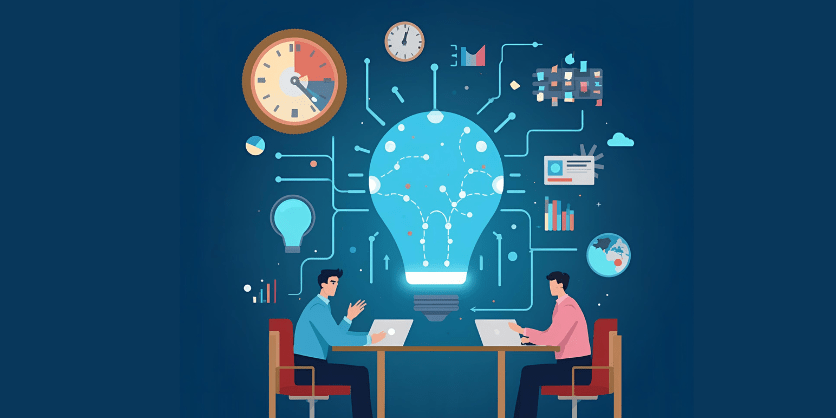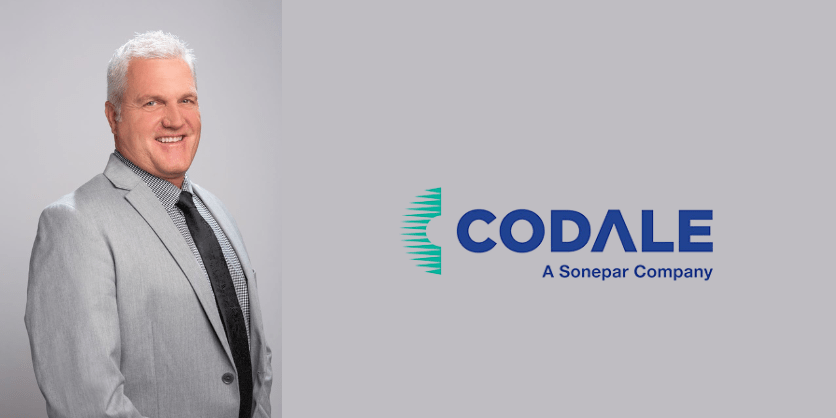AI in the Lighting Industry: Today’s Reality, Tomorrow’s Opportunity

By Geoff Marlow
The debate is over. Artificial Intelligence isn’t coming to the lighting and electrical industry — it’s here, working, and delivering measurable results today.
While industry professionals continue discussing whether AI represents evolution or revolution, the AI in construction market is projected to reach $22.68 billion by 2032, with AI at the center of this transformation. The question isn’t whether to embrace AI, but how quickly your organization can leverage it to maintain competitive advantage.
The Current State: AI Is Already Working
The global artificial intelligence in construction market was valued at $2.93 billion in 2023 and is projected to reach $16.96 billion by 2030, growing at a remarkable 26.9% CAGR. By 2024, client requests for AI tools in bids and proposals have become regular occurrences, fundamentally changing how business is conducted.
Impact on Manufacturers’ Representatives
Representatives face unprecedented challenges: retiring baby boomers, complex product portfolios, and demanding customers. AI is becoming their secret weapon for survival and growth.
Today’s Reality: Sales reps are already using AI-powered tools to anticipate customer needs and conduct knowledgeable conversations that convert to sales. One distributor hired a former cowboy boot salesperson who, equipped with an AI-powered mobile app, successfully sold electrical equipment on day one—something previously impossible without years of training.
AI enables reps to access decades of product knowledge instantly, analyze customer purchase patterns in real-time, and provide technical specifications on demand. New sales reps no longer need extensive industry knowledge to become immediately successful.
Revolutionizing Electrical Distribution
Distributors operate in an increasingly complex environment with supply chain disruptions, margin pressures, and sophisticated customer demands. AI is streamlining operations across every function.
Immediate Applications
Inventory Optimization: Machine learning algorithms predict demand patterns, reducing obsolete inventory by up to 30%
Pricing Intelligence: AI analyzes competitor pricing, market conditions, and customer behavior to optimize profit margins
Customer Service: Chatbots handle routine inquiries 24/7, freeing staff for complex sales activities
Distribution leaders are investing heavily in AI-enabled capabilities available today, from pricing and inventory management to cybersecurity and delivery optimization.
Manufacturers: Designing the Future
For lighting manufacturers, AI represents the biggest shift since the LED revolution. Signify recently introduced the first generative AI assistant for Philips Hue, allowing users to create personalized lighting scenes through simple voice or text commands — demonstrating how AI enhances product value and user experience.
Smart Lighting Growth: The smart lighting market is set to grow by $26.4 billion from 2025-2029, with AI-powered innovations optimizing energy consumption and enabling seamless IoT integration.
Design Optimization: AI image generators quickly create numerous design concepts, leading to richer client conversations
Predictive Maintenance: IoT sensors and AI algorithms predict equipment failures before they occur
Quality Control: Computer vision systems identify defects faster and more accurately than human inspectors
Electrical Contractors: Building Smarter
Contractors face labor shortages, safety challenges, and pressure to complete projects faster and more efficiently. AI is addressing each pain point.
Current Implementations:
Safety Monitoring: AI systems analyze real-time video feeds to detect safety violations and potential hazards on construction sites
Project Management: Machine learning algorithms provide insights into cost, timelines, and risks, optimizing scheduling and resource allocation
Predictive Analytics: AI-powered predictive maintenance helps companies maintain accurate timelines for equipment repair and replacement
The Lighting Industry’s AI Future
The lighting sector is experiencing unique AI-driven transformation. Smart lighting systems in 2025 are becoming more responsive, efficient, and personalized through AI and IoT integration. Human-Centric Lighting continues gaining traction, with AI aligning lighting with natural circadian rhythms to promote better sleep, productivity, and well-being.
The Integrated AI Ecosystem: Where All Paths Converge
The lighting industry’s AI transformation isn’t happening in silos — it’s creating an interconnected ecosystem where manufacturers, distributors, representatives, and contractors all benefit from shared intelligence.
The Vision: Manufacturers’ AI-optimized production schedules automatically sync with distributors’ predictive inventory systems. Sales reps receive real-time alerts when customers show buying signals, while contractors get AI-powered project timelines that account for actual material availability.
This integrated approach is already delivering:
• 20-30% reduction in operational costs across the supply chain
• Faster project completion through synchronized workflows
• Enhanced safety records from predictive maintenance
• Improved customer satisfaction via seamless experiences
Companies implementing integrated AI solutions now are building sustainable competitive moats that become harder to replicate as the technology matures.
Implementation Strategy: Start Today
The most successful companies aren’t waiting for perfect AI solutions. They’re starting with specific, measurable applications:
Pilot Programs: Implement AI in one department or function
Data Foundation: Organize existing data for AI optimization
Staff Training: Prepare teams for AI-enhanced workflows
Vendor Partnerships: Collaborate with technology providers
Your Next Steps
AI in the lighting and electrical industry isn’t a future possibility — it’s today’s competitive necessity. The companies thriving in 2025 and beyond are those implementing AI solutions now, not those still debating its merits.
The transformation is accelerating, market leaders are emerging, and the cost of waiting continues to increase. The question isn’t whether your organization will eventually use AI — it’s whether you’ll be among the leaders or followers in this historic industry transformation.
____________________________________________________________________________________________
About Marlow Advisory Group
We help lighting industry manufacturers, distributors, representatives, and contractors navigate the AI transformation through strategic planning, implementation guidance, and performance optimization. From developing AI adoption roadmaps to identifying technology partners, we’ve helped dozens of organizations successfully integrate AI while maintaining focus on core business objectives.
Contact us to discuss how AI can specifically address your organization’s challenges, or to learn about our proven methodologies for successful AI implementation in the lighting industry.







